Endangered Rosewood can be found on Cheap Guitars
This “Dalbergia spp.”
denotes the powerhouse genus that contains all true “rosewoods” such
as
Brazilian Rosewood
Brazilian Rosewood
Common Name:
Brazilian rosewood
Scientific Name:
Dalbergia nigra
Average Dried Weight:
52 lbs/ft3
Color/Appearance:
Brazilian rosewood can
vary in color from a
·
darker
chocolate brown to a
·
lighter
purplish or reddish brown,
·
With
darker contrasting streaks.
·
The
black streaks can sometimes form a unique grain pattern that is sometimes
referred to as “spider-webbing” or “landscape,”
Grain/Texture: Brazilian rosewood has a
·
uniform,
·
medium
to
·
coarse
texture with
·
medium-sized
open pores.
·
The
grain tends to be straight, but can occasionally be
o
interlocked,
o
spiraled,
or
o
Wavy.
Rot Resistance: Heartwood is rated as very durable to decay resistance, and is
also resistant to insect attack.
Workability: Easy to work with both hand and machine tools, though it may
have a slight blunting effect on cutting edges.
Brazilian rosewood
turns, and finishes well, though it can sometimes be difficult to glue due to
its high natural oil content.
Odor: Has a distinct, rose-like scent when being worked.
Pricing/Availability: Likely to be very expensive, and from questionable sources. Trade
of Brazilian rosewood is highly regulated, and sales are generally limited
to reclaimed or pre-existing pieces of lumber.
Sustainability:
·
1992:
listed in CITES Appendix I, which is the most restrictive appendix, and includes finished products made of the wood. It is the only
species whose listing supersedes the already restrictive genus-wide
restriction on all Dalbergia species listed in appendix II.
·
listed
on the IUCN Red List as vulnerable due to a population reduction of over
20% in the past three generations, caused by a decline in its natural range,
and exploitation.
·
restricted
from being imported or exported from country to country
·
even
finished products
made of Brazilian rosewood may not cross international boundaries.
·
Because
of these heavy restrictions, several substitutes from the Dalbergia genus have
been used in recent years, such as
o
East
Indian rosewood,
o
Honduran
rosewood, and
o
cocobolo;
o
the
closest rosewood in terms of color and appearance may be Amazon rosewood
(Dalbergia spruceana)—another hard-to-find and pricey rosewood.
Common Uses:
·
Veneer,
·
fine
furniture,
·
cabinetry,
·
flooring,
·
musical
instruments (acoustic guitars, piano cases),
·
turned
objects
Comments: Brazilian rosewood, like other exploited hardwoods such as
·
Cuban
mahogany or
·
teak,
Has earned worldwide
fame. Historically, it has perhaps been the species most frequently associated
with the term “rosewood,” and with its strength, hardness, stability, beauty,
and acoustic properties, it’s easy to see why Dalbergia nigra has been used for
everything from flooring to xylophone keys.
East Indian Rosewood
Honduran Rosewood,
This genus also contains a number of other stellar hardwoods that are very similar (and of course closely related) to rosewoods, but lack the actual “rosewood” title in their common name. This includes woods like
·
Very
similar to ziricote.
o
Common
Name: Ziricote
o
Scientific
Name: Cordia dodecandra
o
Average
Dried Weight: 50 lbs/ft3
o
ZIRICOTE (SANDED)
ZIRICOTE (ENDGRAIN)
ZIRICOTE (SEALED)
Distribution:
Central America and Mexico
Grain/Texture:
Brazilian rosewood has a uniform, medium to coarse texture with medium-sized
open pores. The grain tends to be straight, but can occasionally be
interlocked, spiraled, or wavy.
- Cocobolo
- Janka Hardness: 2,960 lbf (14,140 N)
- Tulipwood,
American Tulipwood
Common Name(s): Kingwood
Scientific Name: Dalbergia cearensis
Distribution: Brazil (and occasionally from Mexico)
Tree Size: 30-60 ft (10-20 m) tall, less than 2 ft (.6 m) trunk diameter
Average Dried Weight: 75 lbs/ft3 (1,200 kg/m3)
Specific Gravity (Basic, 12% MC): .98, 1.20
Janka Hardness: 3,340 lbf (17,240 N)
Modulus of Rupture: No data available
Elastic Modulus: No data available
Crushing Strength: No data available
Shrinkage:No data available
|
Color/Appearance: Heartwood is a dark purplish or reddish brown with darker black streaks. Sapwood is a pale yellow.
Grain/Texture: Grain is usually straight; occasionally interlocked. Fine, uniform texture and a high natural luster.
Endgrain: Diffuse-porous; small pores in no specific arrangement; solitary and radial multiples of 2-3; heartwood deposits occasionally present; growth rings distinct due to seemingly marginal parenchyma bands; rays not visible without lens; parenchyma banded, apotracheal parenchyma diffuse-in-aggregates, paratracheal parenchyma vasicentric, and aliform.
Rot Resistance: Reported as being very durable in decay resistance, and is also resistance to termites.
Workability: Tends to be difficult to work due to its high density. Kingwood has a moderate blunting effect on cutters, and tearout can occur during planing if interlocked grain is present. Can be difficult to glue due to natural oils and high density. Turns very well and takes a high polish.
Odor: Distinct, rosewood-like odor when being worked.
Allergies/Toxicity: Although severe reactions are quite uncommon, Kingwood has been reported as a sensitizer. Usually most common reactions simply include eye and skin irritation, as well as pink eye. See the articles Wood Allergies and Toxicity and Wood Dust Safety for more information.
Pricing/Availability: Likely to be very expensive, and seldom available as lumber; Kingwood is most often seen as smaller turning stock, with its cost being on par with other scarce exotics in the Dalbergia genus. Kingwood is seldom available in large pieces due to the small size of the tree itself, and is instead used as accent pieces.
Sustainability: Although Kingwood is not evaluated on the IUCN Red List of Threatened Species, it is listed on CITES appendix II under the genus-wide restriction on all Dalbergia species—which also includes finished products made of the wood.
Common Uses: Inlays, veneers, tool handles, and other small turned and/or specialty items.
Comments: Considered a true rosewood in the Dalbergia genus, Kingwood is among the densest (and probably strongest) of all the rosewoods. There is very little mechanical data available on Kingwood, though given its weight, and its relation to other rosewoods, it’s likely to be extremely stiff, strong, and stable.In terms of its history, Kingwood supposedly got its name from several French kings (Louis XIV and Louis XV) that preferred the wood in the use of fine furniture.
- African Blackwood (Dalbergia melanoxylon)
- Amazon Rosewood (Dalbergia spruceana)
- Bois de Rose (Dalbergia maritima)
- Brazilian Rosewood (Dalbergia nigra)
- Burmese Blackwood (Dalbergia cultrata)
- Burmese Rosewood (Dalbergia oliveri)
- Cocobolo (Dalbergia retusa)
- East Indian Rosewood (Dalbergia latifolia)
- Honduran Rosewood (Dalbergia stevensonii)
- Madagascar Rosewood (Dalbergia baronii)
- Siamese Rosewood (Dalbergia cochinchinensis)
- Sissoo (Dalbergia sissoo)
- Tulipwood (Dalbergia decipularis)
- Yucatan Rosewood (Dalbergia tucurensis)
Common Name(s): African blackwood, Mpingo (Swahili)
Scientific Name: Dalbergia melanoxylon
Distribution: Dry savanna regions of central and southern Africa
Distribution: Dry savanna regions of central and southern Africa
Tree Size: 20-30 ft (6-9 m) tall,
2-3 ft (.6-1.0 m) trunk diameter
2-3 ft (.6-1.0 m) trunk diameter
Average Dried Weight: 79 lbs/ft3 (1,270 kg/m3)
Specific Gravity (Basic, 12% MC): 1.08, 1.27
Janka Hardness: 3,670 lbf (16,320 N)
Modulus of Rupture: 30,970 lbf/in2(213.6 MPa)
Elastic Modulus: 2,603,000 lbf/in2(17.95 GPa)
Crushing Strength: 10,570 lbf/in2(72.9 MPa)
Shrinkage: Radial: 2.9%, Tangential: 4.8%,
Volumetric: 7.7%, T/R Ratio: 1.7
Color/Appearance: Often completely black, with little or no discernible grain. Occasionally slightly lighter, with a dark brown or purplish hue. The pale yellow sapwood is usually very thin, and is clearly demarcated from the darker heartwood.
Grain/Texture: Grain is typically straight; fine, eventexture and good natural luster.
Rot Resistance: Heartwood is rated as very durable in regards to decay resistance, though only moderately resistant to insects/borers. The lighter colored sapwood is commonly attacked by powder-post beetles and other borers.
Workability: Very difficult to work with hand or machine tools, with an extreme blunting effect on cutters. African blackwood is most often used in turned objects, where it is considered to be among the very finest of all turning woods—capable of holding threads and other intricate details well. When made into clarinet or oboe bodies, the wood is typically processed on metal-working equipment, giving it a reputation as being metal-like in some of its working properties.
Odor: African blackwood has a mild—though distinctive—scent while being worked.
Allergies/Toxicity: Although severe reactions are quite uncommon, African blackwood has been reported as a sensitizer. Usually most common reactions simply include eye, skin, and respiratory irritation. See the articles Wood Allergies and Toxicity and Wood Dust Safety for more information.
Pricing/Availability: African blackwood is very expensive, on par with true ebonies such as Gaboon Ebony in the Diospyros genus. Since the tree grows so slowly, and is generally small and gnarly, available boards tend to be narrow—though large clear sections have occasionally been harvested from older trees that yield bookmatched guitar backs (~8" wide).
Sustainability: African blackwood is listed on CITES appendix II under the genus-wide restriction on all Dalbergia species—which also includes finished products made of the wood. It's also reported by the IUCN as being near threatened. Technically it doesn't meet the Red List criteria of a vulnerable or endangered species, but is close to qualifying and/or may qualify in the near future.
Common Uses: Musical instruments (guitars, clarinets, oboes, etc.), inlay, carving, tool handles, and other turned objects.
Comments: To be considered the original ebony, African Blackwood was imported and used in Ancient Egypt thousands of years ago. Even the name "ebony" has an Egyptian derivation as "hbny"—which has been shown to refer to primarily to Dalbergia melanoxylon, rather than the species which are considered to be ebony today: such as those in the Diospyros genus. In addition, African blackwood is technically in the Rosewood genus (Dalbergia), and is more stable and resistant to movement and warping than other types of ebony.African blackwood is considered to be among the hardest and densest of woods in the world; indeed, among some 285 species tested, (including Lignum Vitae), Gabriel Janka originally found African Blackwood to be the very hardest. Unfortunately, many online sources list African blackwood's Janka hardness at only ~1700lbf—which seems very unlikely given its confirmed specific gravity.
CITES list is divided up into three different tiers, which they called appendices.
- Appendix I is the most restrictive category, and includes species that they consider to be threatened with extinction. Probably the best woodworking example of this is Brazilian Rosewood (Dalbergia nigra)—which also includes finished products made of the wood. (Perhaps you may have heard of horror stories of people having their guitars confiscated/forfeited when trying to travel internationally with them.)
- appendix II, covering vulnerable species that are at risk
- Appendix III is the least restrictive
What happened fall of 2016 in Johannesburg
the convention of the parties number seventeen (CoP 17) was held in Johannesburg, South Africa, and the decisions of this meeting
there were three main wood types that received protection (restriction) under CITES appendix II. They are, listed in increasing order of prominence, as follows:
- Kosso (Pterocarpus erinaceus) a Pterocarpus species related to the more commonly seen African Padauk. bears a very close resemblance to the related hardwood Muninga. It’s sometimes referred to as African rosewood,
- Bubinga - could very well be considered every bit as popular as any rosewood
- Guibourtia demeusei,
- G. pellegriniana,
- G. tessmannii
- A much loved hardwood,the most popular of African imports alongside Zebrawood and African Mahogany. In addition to its close resemblance to true rosewoods, Bubinga is also seen with a wide variety of figured grain patterns, and is sold in a wide variety of forms ranging from guitar backs to giant tabletop slabs.
True rosewoods and related species (Dalbergia spp.) Bubinga could be considered as popular as any rosewood.
This includes all true rosewoods, worldwide, as well as a host of other hardwoods in the Dalbergia genus:
- Cocobolo,
- Tulipwood,
- Kingwood,
- African Blackwood
- Dalbergia species classifieD as being of “least concern”
- Dalbergia arbutifolia
- D. assamica
- D.calycina
- D. cana
“hongmu” is so highly regarded, China even has a document of standards that refers to what species are to be formally recognized as hongmu. hongmu is divided into 8 different categories, and (at the moment) includes a total of 33 species.
the most highly regarded timbers are Zitan and Huanghuali.
native to areas in or near China.
the woods in the secondary categories are found in Africa and Central America
CITES proposal that was responsible for the listing of the Dalbergia genus:
- cocobolo wood is available from numerous sources online
- Guatemala -an organized smuggling ring capable of exporting large quantities.
- The demand for D. retusa from the Darien Region of Panama has been described as “out of control”
- Guatemala 2011-2014: 38 shipments, with a total amount of 906,244 m3 of Dalbergia timber (mainly furniture) of
- D. stevensonii
- D. retusa
- Dalbergia spp.
merchants can intentionally misidentify a (legally protected) top-tier species as a lesser (unprotected) species:
Species shifting, as species become commercially extinct, is a common practice. For instance, with the commercial extinction of
D. odorifera in China
Pterocarpus santalinus in India
D. cochinchinensis became the most sought-after Hongmu species globally
D. cochinchinensis
the main species now dominating the Hongmu trade in South-East Asia are
D. oliveri
D. bariensis
Pterocarpus macrocarpus
P. pedatus
In Mexico, D. granadillo
other wood types listed in the CITES appendix II along with rosewoods:
Kosso and
Bubinga.
The CITES proposal dealing with Bubinga (listed just after the Dalbergia proposal) had this to say:
"The woods of the different Bubinga species, the aesthetic qualities of which are close to those of the Asian rosewood species which are most highly prized in the Hongmu tradition, have gradually become established as the first choice alternative for this burgeoning sector.
unprecedented interest in Bubinga in the main producing countries of Gabon and Cameroon."
as long as an item is not for sale and is simply for personal use, you can travel with it internationally. So, think of guitars made with rosewood, and other items weighing less than 22 pounds. The good news is that if you own an item made of rosewood, you should be able to travel with it without issue. But the bad news is that if you are selling any type of rosewood (either as lumber, or as a finished product), you can no longer (legally) ship it out of your country.
the exemptions in annotation #15 do notapply to appendix I listed Dalbergia nigra (aka Brazilian Rosewood), which is still tightly controlled. This is only for the newly 2017-listed species added to appendix II.
Siamese Rosewood is not eligible for the non-commercial, less than 10 kg loophole, and is shut down nearly as restrictively as Brazilian Rosewood.
CITES has a pretty extensive database of names and contact information that you can use to get in touch with the relevant authorities for your situation.
Bois de Rose (Dalbergia maritima)
- Zitan (representative image; Dalbergia maritima pictured)
- Common Name(s): Zitan, Red Sandalwood, Red Sanders
- Scientific Name: Pterocarpus santalinus
- Distribution: Southeastern India
- Tree Size: 30-50 ft (9-15 m) tall, 2-3 ft (.6-1 m) trunk diameter
- Average Dried Weight: 63 lbs/ft3 (1,010 kg/m3)
- Specific Gravity (Basic, 12% MC): .88, 1.01
- Janka Hardness: 2,940 lbf (13,080 N)
- Modulus of Rupture: No data available
- Elastic Modulus: No data available
- Crushing Strength: No data available
- Shrinkage: No data available
- Color/Appearance: Heartwood ranges from a dark orange to a deeper reddish purple, often with darker streaks throughout. Colors tend to darken significantly over time to deep reddish purple to nearly black. Overall appearance and color can be very similar to Bois de Rose. Pale white sapwood is narrow, and is clearly demarcated from the heartwood. Sometimes seen with a wavy, interlocked grain figure.
- Grain/Texture: Grain is generally straight or slightly interlocked. With a medium uniform texture and high natural luster.
- Endgrain: Diffuse-porous; solitary and radial multiples; large to very large pores in no specific arrangement, very few; orangish brown deposits occasionally present; parenchyma winged, confluent, and banded; narrow rays, spacing fairly close to close.
- Rot Resistance: No data available.
- Workability: No data available.
- Odor: Have a distinct, pleasing odor when being worked.
- Allergies/Toxicity: Although severe reactions are quite uncommon, Zitan has been reported as an irritant; most common reactions simply include eye irritation, as well as vomiting. See the articles Wood Allergies and Toxicity and Wood Dust Safety for more information.
- Pricing/Availability: Imported and used almost exclusively within China, where it commands absolutely exorbitant prices: demand for Zitan puts it into an entirely separate price tier than even the most precious hardwoods sold throughout the Western world. Despite tight trading restrictions, the wood continues to be illegally smuggled into China. Plantation sources are currently in development, but buyers should be aware of counterfeit Zitan—typically found in the form of other Pterocarpus species or a Dalbergia species (such as Bois de Rose).
- Sustainability: This wood species is in CITES Appendix II, and is on the IUCN Red List. It is listed as endangered due to a population reduction of over 50% in the past three generations, caused by a decline in its natural range, and exploitation.
- Common Uses: Fine furniture and carvings.
- Comments: Although the tree is reported to have a very slow growth rate, plantation trees have been shown to have vigorous growth. R.H. Beddome reports in his 1869 Flora Sylvatica for South India that a 5-year old tree had already grown to a size of over 18 feet high (5.6 m) with a 9 inch (23 cm) diameter trunk. Another instance—published in World of Wood 68, no. 2 (2015): 5—reported of plantation trees that had grown to over 80 feet tall (25 m) with massive 23 inch (57 cm) trunk diameters in just 45 years.
- The mystique surrounding Zitan has—very unfortunately—reached an atrocious level. Prices for the wood are so high within China, illegal smugglers are willing to take up arms and kill or be killed in attempts to obtain this wood.
- Related Species:
- Amboyna (Pterocarpus indicus)
- Andaman Padauk (Pterocarpus dalbergioides)
- Burma Padauk (Pterocarpus macrocarpus)
- Muninga (Pterocarpus angolensis)
- Narra (Pterocarpus indicus)
- Padauk (Pterocarpus soyauxii)
Common Name(s): East Indian Rosewood, Indian Rosewood, sonokeling
Scientific Name: Dalbergia latifolia
Distribution: India, Sri Lanka, and Indonesia
Tree Size: 100 ft (30 m) tall, 2-4 ft (.6-1.2 m) trunk diameter
Average Dried Weight: 52 lbs/ft3 (830 kg/m3)
Specific Gravity (Basic, 12% MC): .70, .83
Janka Hardness: 2,440 lbf (10,870 N)
Modulus of Rupture: 16,590 lbf/in2 (114.4 MPa)
Elastic Modulus: 1,668,000 lbf/in2 (11.50 GPa)
Crushing Strength: 8,660 lbf/in2 (59.7 MPa)
Shrinkage: Radial: 2.7%, Tangential: 5.9%, Volumetric: 8.5%, T/R Ratio: 2.2
|
Color/Appearance: Heartwood of East Indian Rosewood can vary from a golden brown to a deep purplish brown, with darker brown streaks. The wood darkens with age, usually becoming a deep brown.
Grain/Texture: Has a medium texture and fairly small pores. The grain is usually narrowly interlocked.
Endgrain: Diffuse-porous; medium to large pores in no specific arrangement, very few to few; solitary and radial multiples of 2-3; heartwood deposits (dark brown) occasionally present; narrow rays not visible without lens, normal to fairly close spacing; parenchyma banded, vasicentric, lozenge, winged, and confluent.
Rot Resistance: Rated as very durable and resistant to termite attack.
Workability: East Indian Rosewood can be difficult to work with tools because of its interlocked grain and density. The wood can sometimes contain chalky deposits that will rapidly dull cutting edges. Glues and finishes well, though color from the wood’s natural resins can inadvertently bleed onto surrounding surfaces when applying a finish, so care must be taken on the initial seal coats.
Odor: Has a distinct, rose-like scent when being worked; some find its scent less pleasant than other Dalbergia rosewoods.
Allergies/Toxicity: Although severe reactions are somewhat uncommon, East Indian Rosewood has been reported as a sensitizer. Usually the most common reaction is skin irritation. See the articles Wood Allergies and Toxicity and Wood Dust Safety for more information.
Pricing/Availability: Generally good availability in both board and turning blank form. Expect prices to be high for an imported hardwood, though not as prohibitively high as some of the scarcer rosewoods.
Sustainability: East Indian Rosewood is listed on CITES appendix II under the genus-wide restriction on all Dalbergia species—which also includes finished products made of the wood. It is also listed on the IUCN Red List as vulnerable due to a population reduction of over 20% in the past three generations, caused by a decline in its natural range, and exploitation.
Common Uses: Fine furniture, musical instruments, veneer, turned and other specialty wood objects.
Comments: East Indian Rosewood has been used extensively on acoustic guitars since the mid 1960s as a substitute for the now-endangered Brazilian Rosewood.
- African Blackwood (Dalbergia melanoxylon)
- Amazon Rosewood (Dalbergia spruceana)
- Bois de Rose (Dalbergia maritima)
- Brazilian Rosewood (Dalbergia nigra)
- Burmese Blackwood (Dalbergia cultrata)
- Burmese Rosewood (Dalbergia oliveri)
- Cocobolo (Dalbergia retusa)
- Honduran Rosewood (Dalbergia stevensonii)
- Kingwood (Dalbergia cearensis)
- Madagascar Rosewood (Dalbergia baronii)
- Siamese Rosewood (Dalbergia cochinchinensis)
- Sissoo (Dalbergia sissoo)
- Tulipwood (Dalbergia decipularis)
- Yucatan Rosewood (Dalbergia tucurensis)
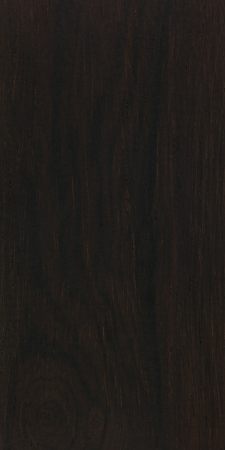
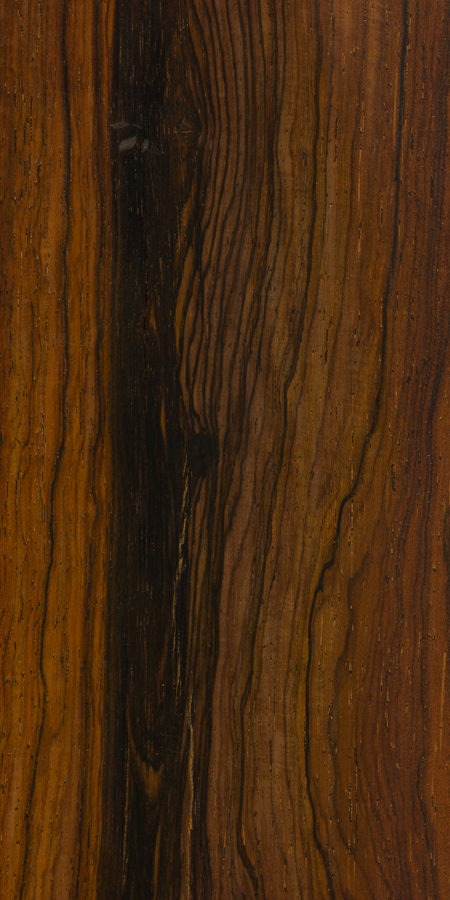
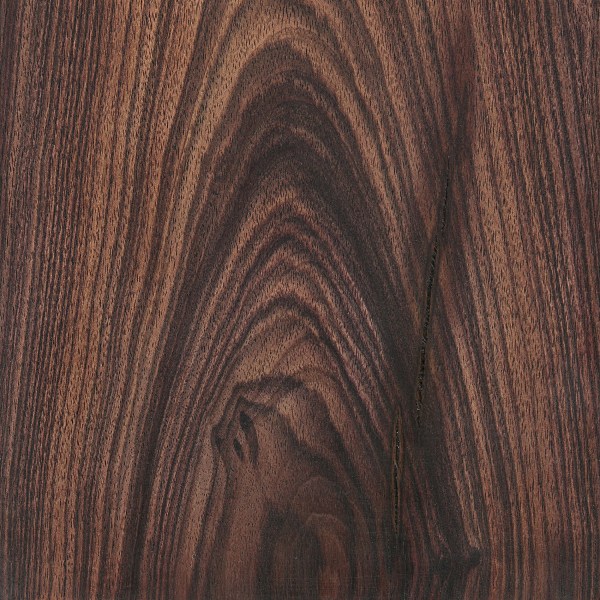
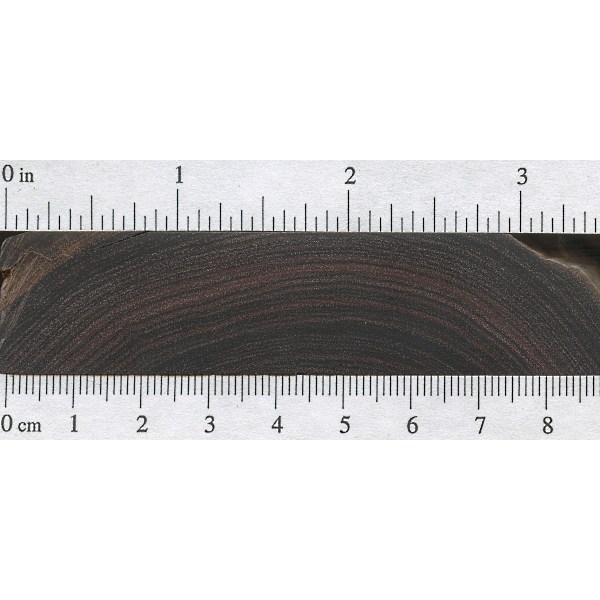
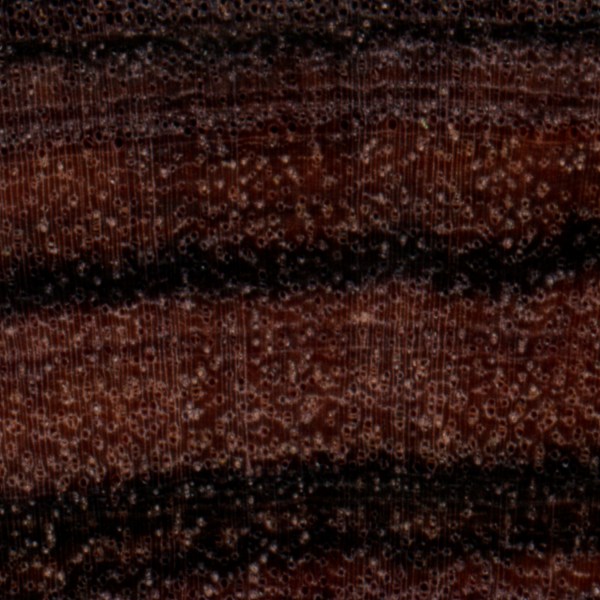

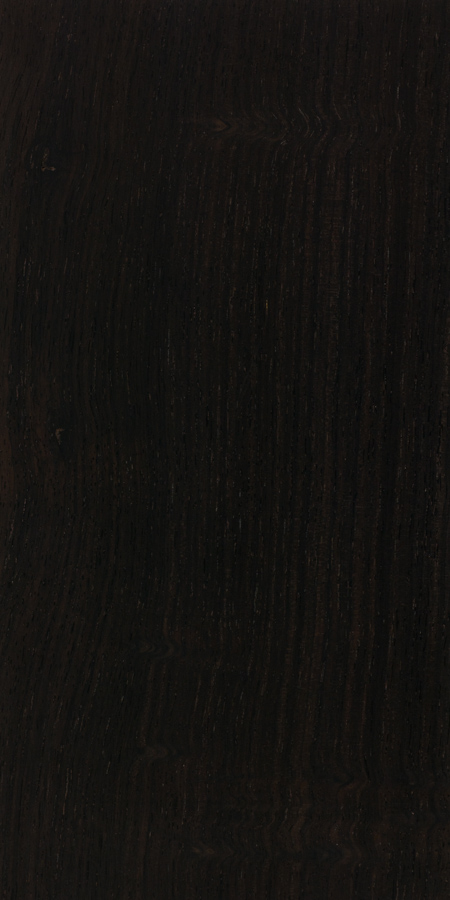
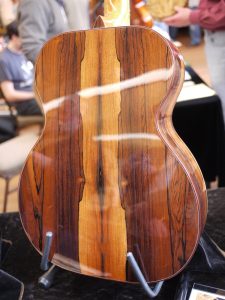
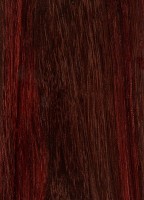
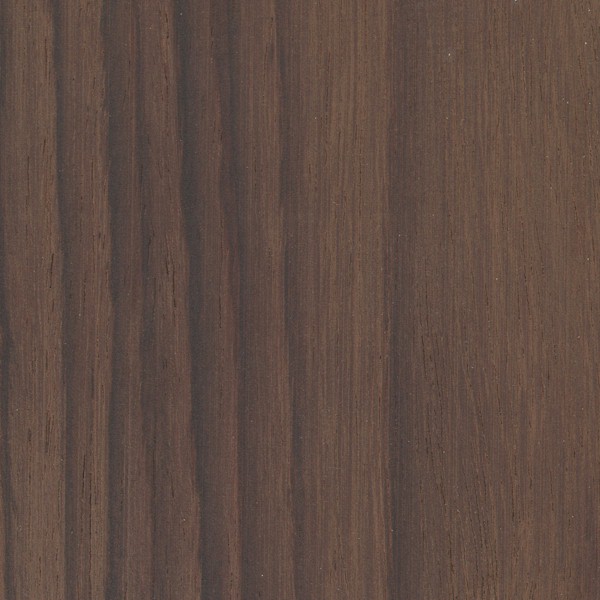
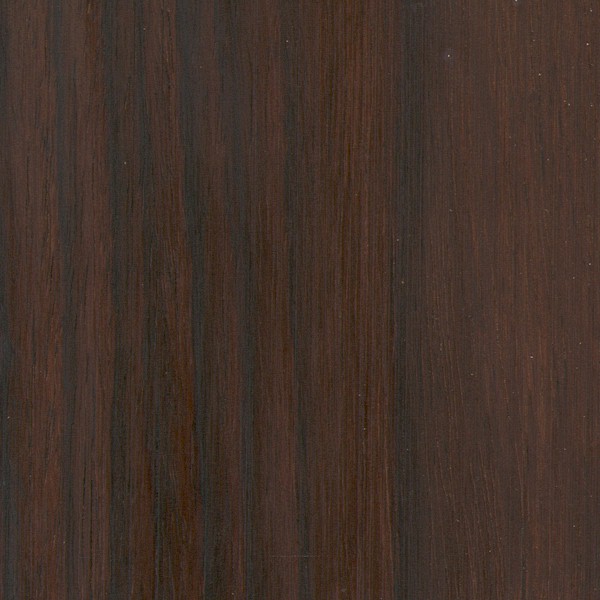
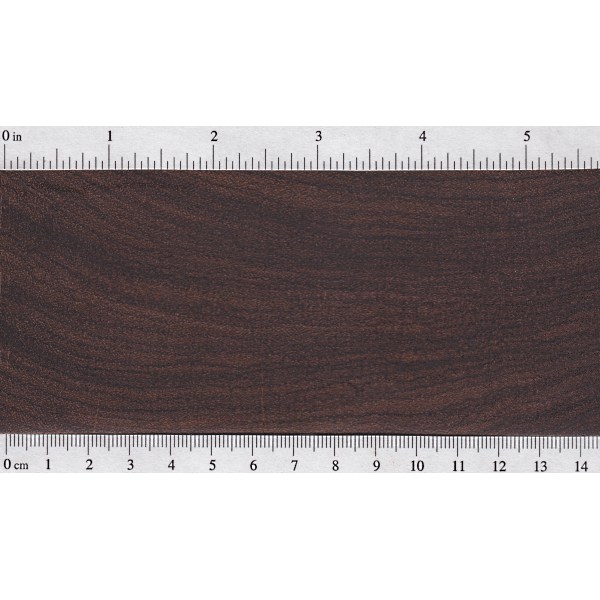
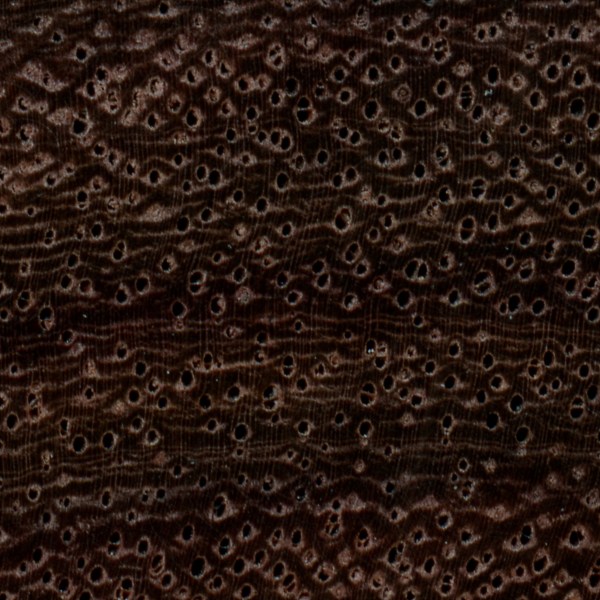
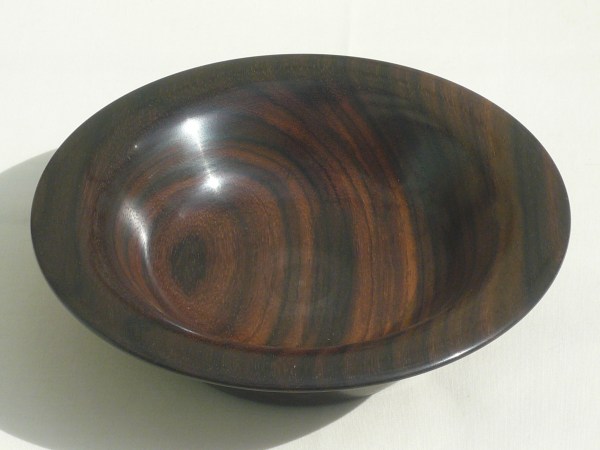

This project done by you is very nice. You used ziricote wood for this project. Thanks for sharing information about this ziricote acoustic guitar.
ReplyDelete